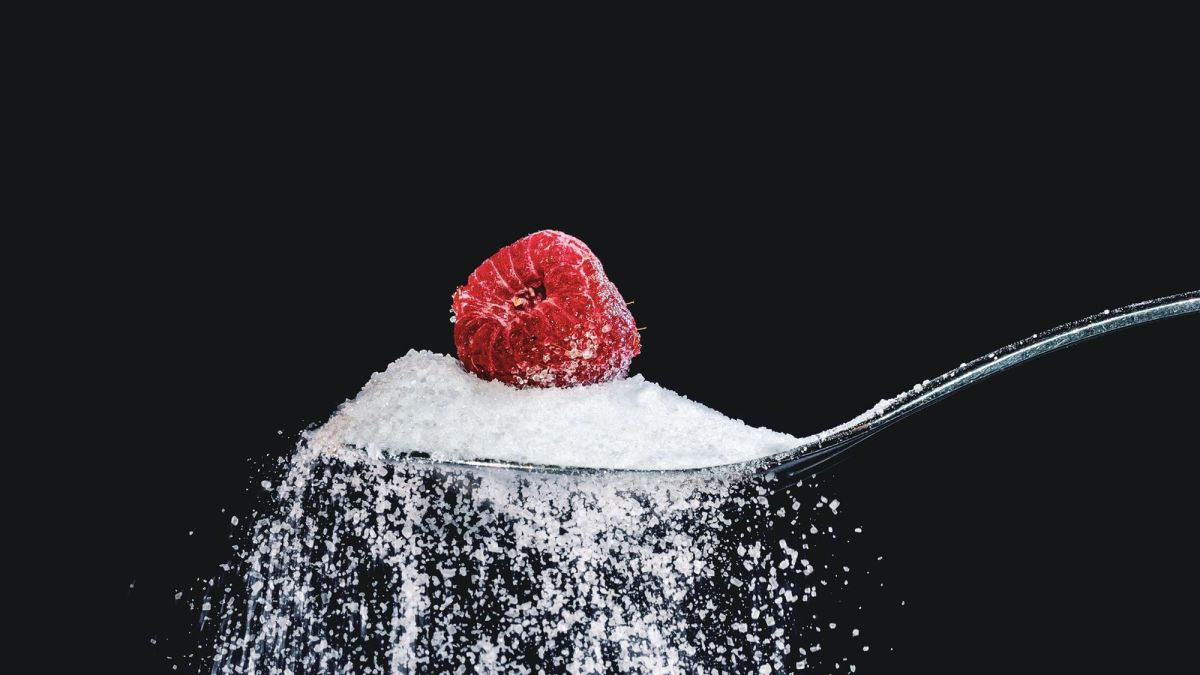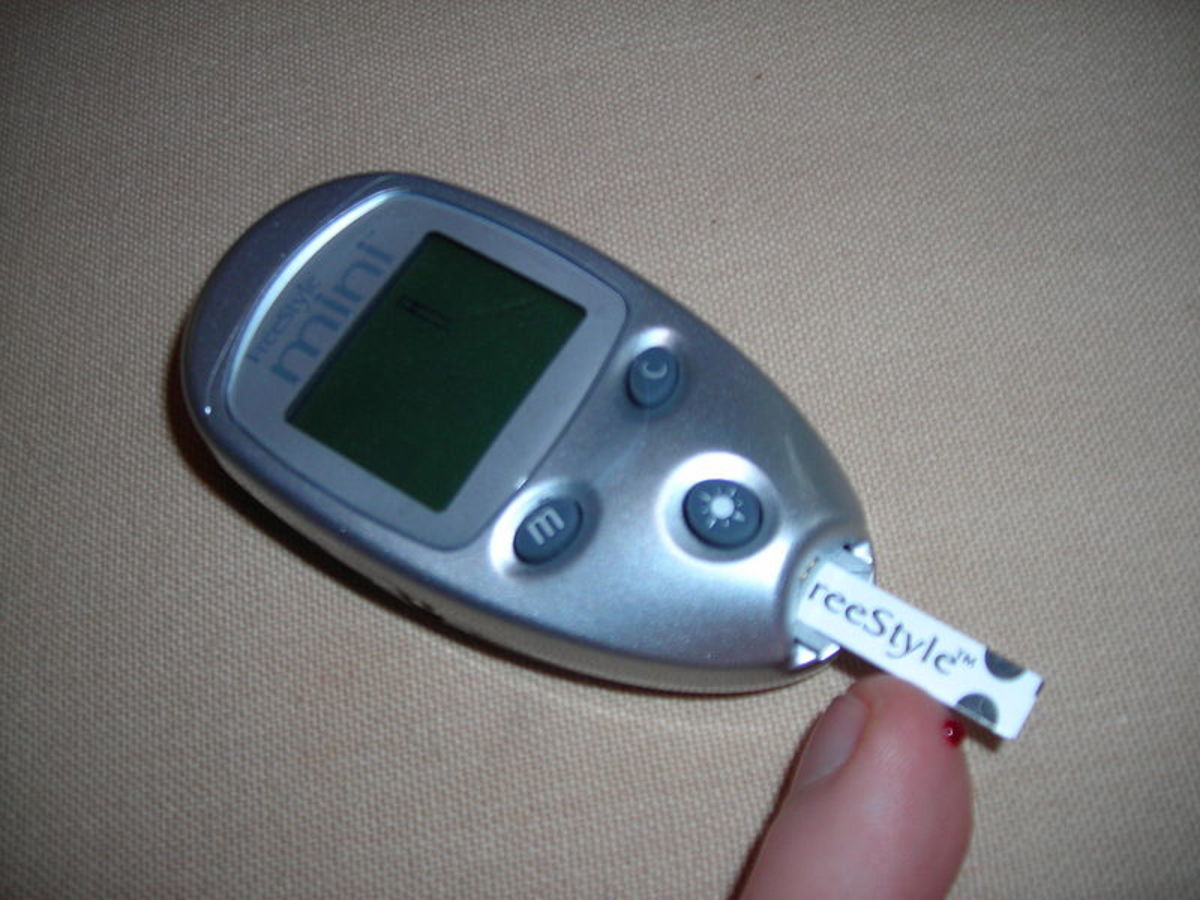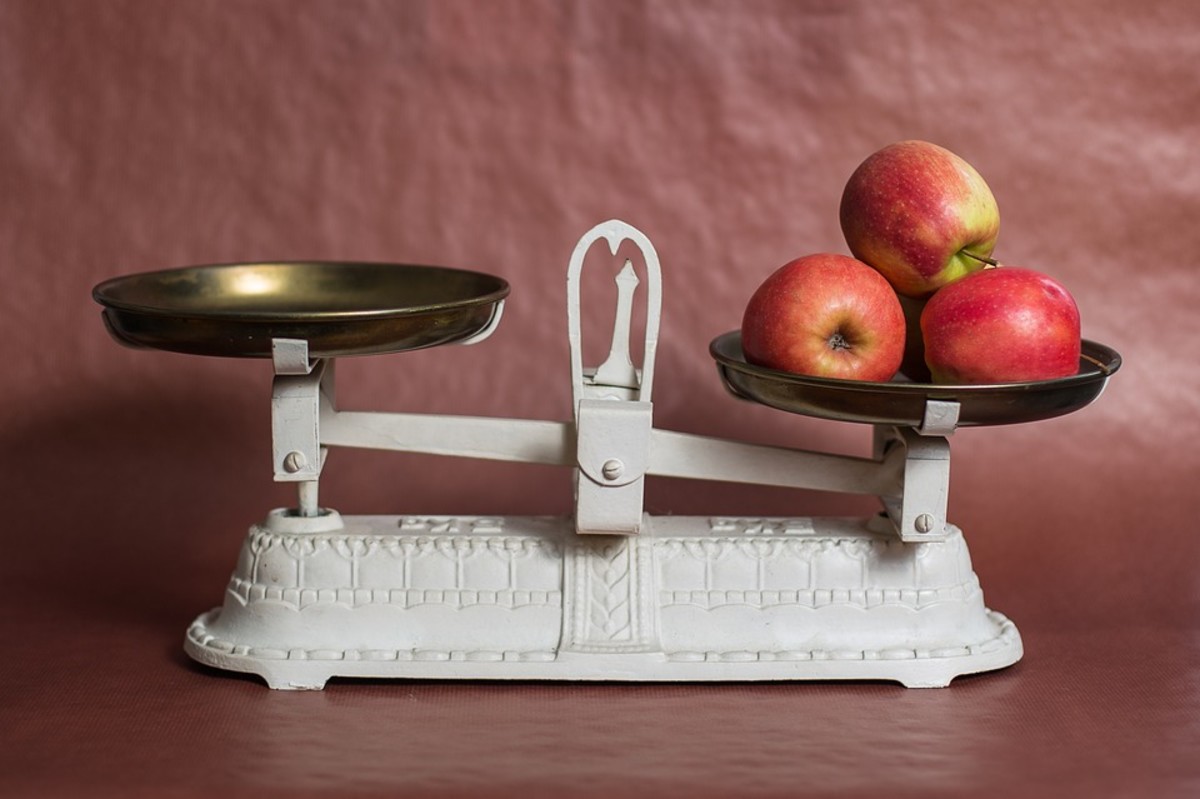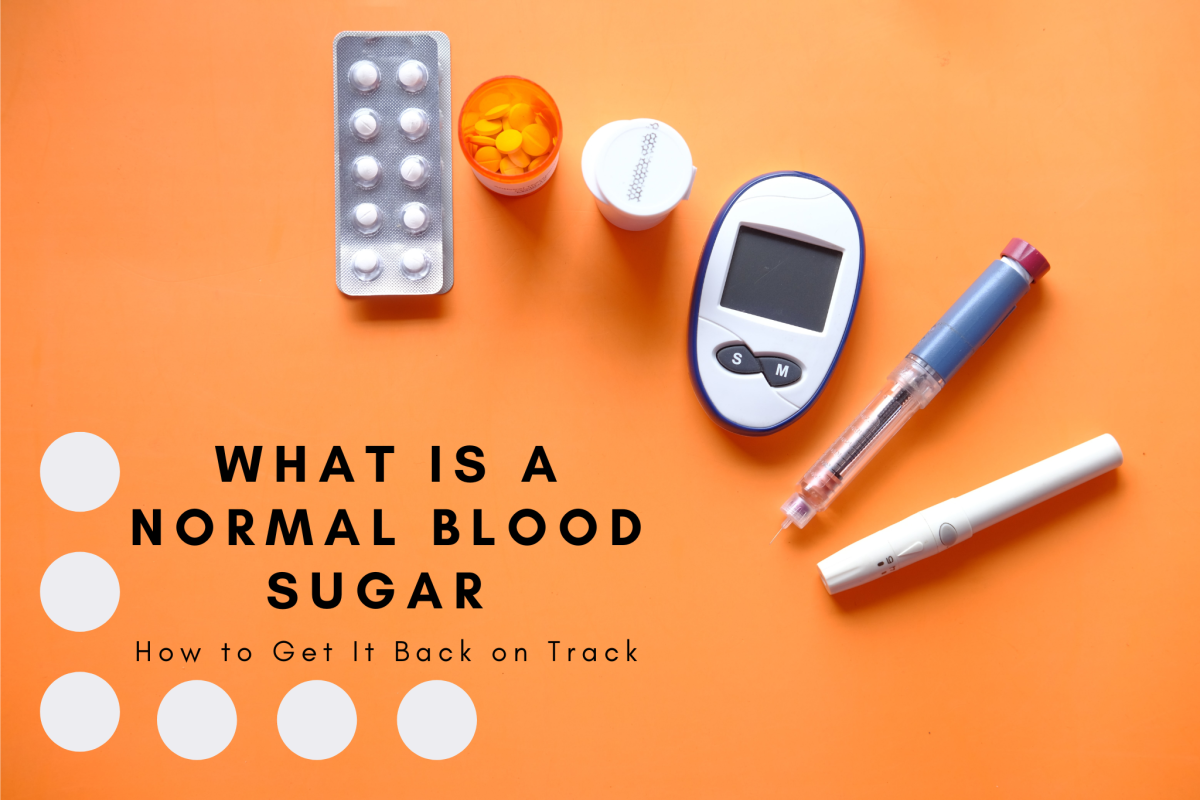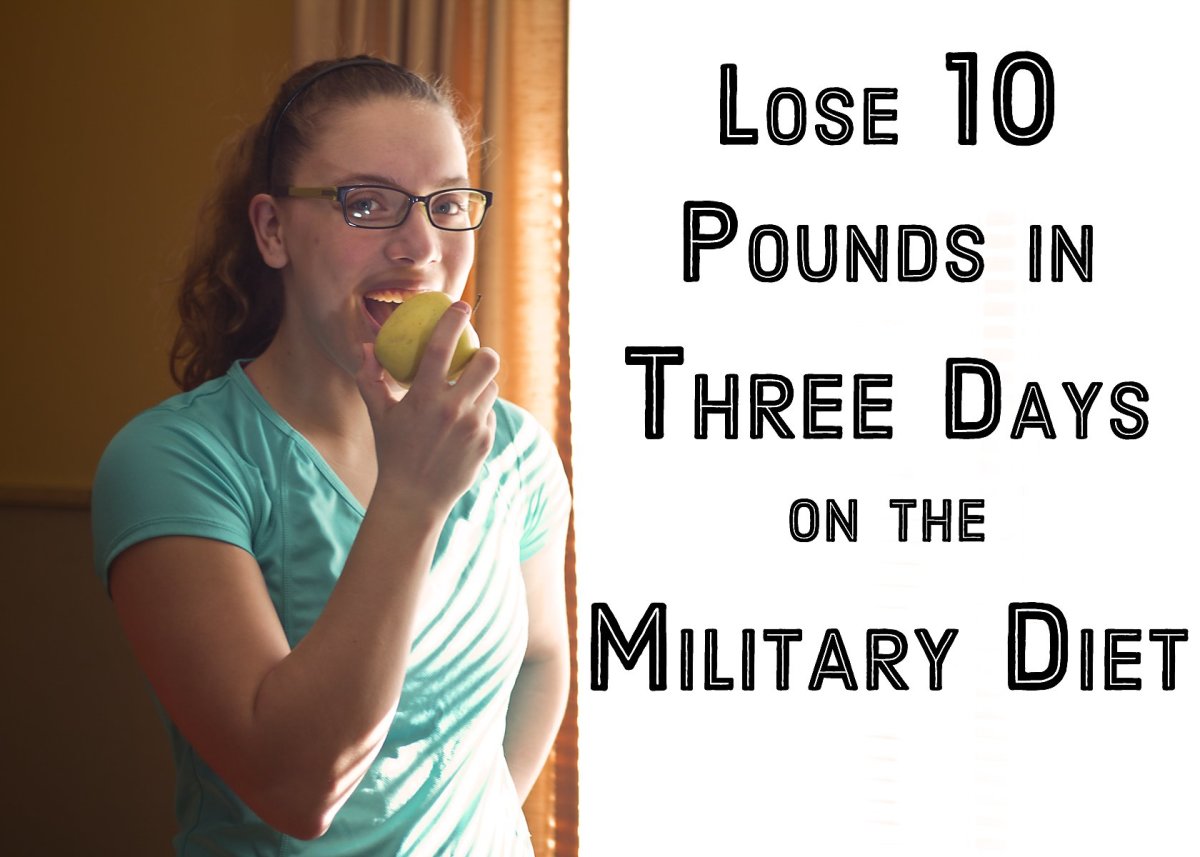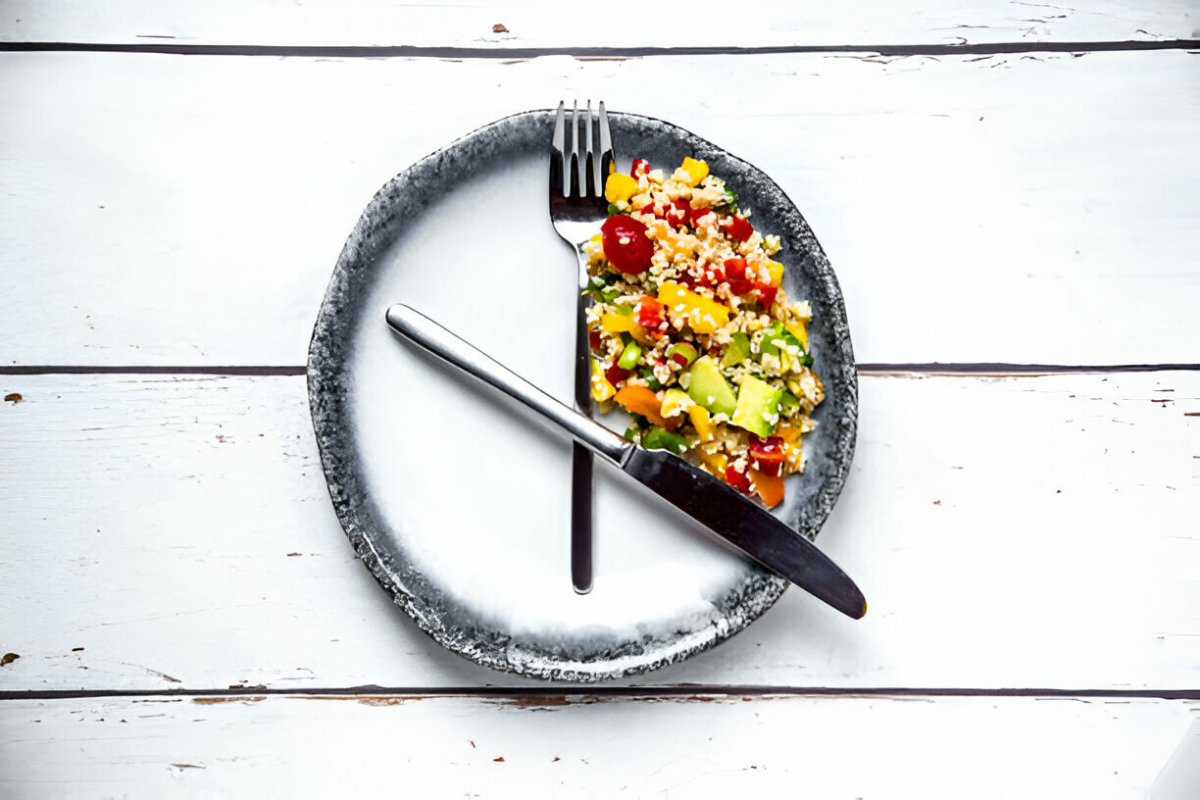Binge Eating, Hunger, Health and What Blood Sugar Levels Have To Do With It All: A Complete Study and Solution
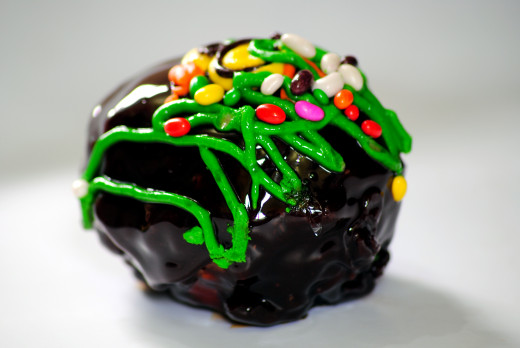
Blood Sugar Levels Made Simple
There are 3 – 5 liters of blood traveling around in the blood vessels and heart at any given moment. In these 3 – 5 liters of blood, only about one teaspoon of sugar is needed to perform all of your usual activities.
Now if you frequently have more than a teaspoon of sugar floating through your blood vessels, the excess can slow down your circulation. Over time, this can cause issues you would expect to have if you had thick sticky syrup clogging up your blood vessels. (By the way, this is a simplified way to describe what happens when a person becomes diabetic).
The interesting part about all of this is that to keep the amount of sugar floating through your blood vessels at the 1 teaspoon level, the system releases insulin whenever you eat foods that result in sugar coming into your bloodstream.
If you consider that Americans are eating on average 22 teaspoons of sugar every day, and teenagers 34 (according to NBC News) in the form of sugary foods, sweeteners, sodas, grains, cookies, pastries, cakes, pasta, and starchy vegetables like potatoes which all lead to a release of sugar into your bloodstream, you may understand how dangerous sugar is to your body.
Insulin works by stimulating your cells to sponge up this excess sugar out of your bloodstream. Once inside your cells, sugar is used for energy, with any excess amount being converted to fat tissue.
If you regularly eat sugary foods – and if you’re the average American, you most certainly are – and too many processed carbohydrates, your body will have released so much insulin that it will begin to desensitize itself to insulin. This means that your cells will not do such a hot job of sponging up excess sugar out of your blood. And here’s the crux of the matter: this will lead to excess sugar floating around your blood vessels and all the health problems that will result.
But for the sake of this article, let’s stick to the subject at hand: weight loss, hunger and blood sugar levels.
Introduction...and Pizza...
The reason I began researching the whole matter of blood sugar levels and hunger, was all because of pizza…
For about a month, I had eaten no junk food, and one night I ate a pizza. Well. For two days after that, my appetite was abnormally ravenous. I just couldn’t get satisfied. I was eating huge amounts and not feeling as if I was overeating. Something was up. And so began my research and this is what I found: the pizza had made me hungry! To be slightly more scientific: the pizza had put my blood sugar levels into a tailspin and as a result, I was feeling ravenous.
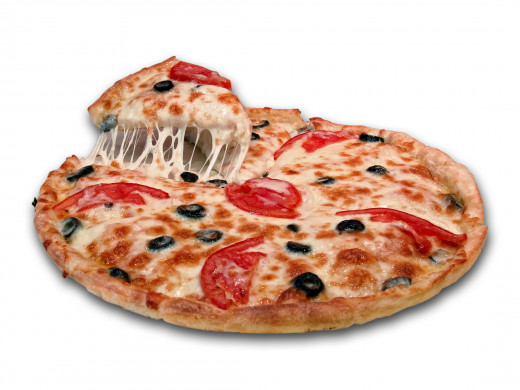
How About You?
Ever been ravenous after consuming junk food?
So What Is It About Blood Sugar Levels and Hunger?
The body is unable to use the sugars you already have in your blood if the bloodstream has more than that teaspoon of sugar floating around. But it also needs the glucose, so when it can’t get the glucose where it is needed, it acts as if there are none, therefore your body begins to crave.
The biggest problem with this is that it makes us hungry and gives us a desire to eat something with a high sugar content, but if we do, we begin the vicious cycle all over again.
You would be wise at this time not to push your sugar levels higher, or it will become a never ending story.
(Just on the off note, a good way to stop food cravings when blood sugars are elevated already is to simply do some exercise. It doesn’t have to be strenuous. You can just go for a brisk walk and check your sugar levels again after the walk.)
How Can Protein Help Curb Your Hunger?
Well, protein is the number 1 hunger buster, but it must be said that I do not condone protein from a flesh source, because they are cancer forming – especially the amount us Westerners consume!
The protein sources I refer to are plant based, such as hemp seed protein powder, lentils, chick peas, cottage cheese, eggs.
How Can Fiber Help Curb Your Hunger?
Firstly, what is fiber? It is a carbohydrate but since it is not digested by the body, it contains no calories. In a study on diabetics by the New England Journal of Medicine, it was found that Diabetics who ate 50 grams of fiber were able to control their blood sugar levels better than those who ate a lot less than that. It is soluble fiber which helps control blood sugar levels. Even better, soluble fiber attracts water and forms something of a gel, which slows down digestion…which is great news because it therefore delays the emptying of your stomach and makes you feel full for longer. When the stomach takes longer to empty, it may also affect blood sugar levels and have a positive effect on insulin sensitivity, which may helps control blood sugar levels. So let’s get to it:
Sources of soluble fiber:
- Oatmeal/Oat bran
- Apples
- Strawberries
- Flax seeds
- Beans
- Oranges
- Lentils
- Blueberries
- Psyllium
- Cucumbers
- Carrots
- Celery
- Pears
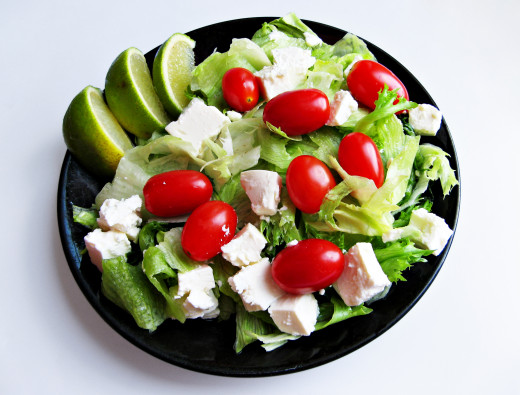
Putting It All Together to Conquer Hunger
The best foods to balance blood sugar levels and therefore conquer hunger are the following:
- Almonds
- Chilli peppers
- Cherries
- Olive oil
- Legumes (beans, peas, lentils)
- Cinnamon
- Fiber (use both soluble and insoluble – as a guideline, consume only those foods which have not undergone intense processing methods)
- Non starchy veggies (spinach, kale, asparagus, broccoli, Brussels sprouts)
A Good Day’s Diet Will Look Something Like This:
Breakfast: Oats with a handful of almonds, cinnamon, blueberries, flax seeds and psyllium (the oats and blueberries provides fibre, the almonds and cinnamon balance the blood sugar levels, the psyllium provides fibre and protein).
Lunch: Green salad with lettuce, spinach, carrots, cucumber, herbs with olive oil and feta cheese (the salad ingredients supply fiber and balance sugar blood levels, the olive oil also balances sugar levels, and the feta provides more protein).
Snack: Apple, pear and banana (the apple and pear supply fiber).
Supper: Lentil patties, tomato and lettuce on a whole-wheat roll (the lentil patties provide protein and the whole wheat roll provides fiber).
In addition, you may need some type of supplementation to initially help you get control of your blood sugar levels, and therefore your hunger. These are some natural supplements to consider:
All of these supplements will be beneficial in helping to keep your sugar blood levels balanced, and thereby reduce your cravings and hunger. They could also help Diabetics heal naturally without starting with the use of drugs to control glucose levels.
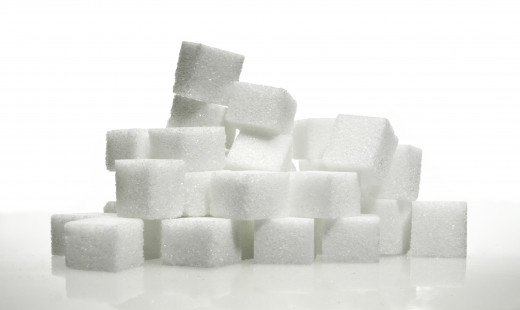
What Else Can You Do?
You may be surprised to learn that walking daily and building it up to 20 minutes a day, is the best way to balance blood sugar! In addition, the more muscle tissue you have, the better balanced your blood sugar levels, so do activities and exercises that build or maintain your muscles.
Reduce or eliminate your intake of sugar from all foods that contain sugar, such as sodas, chocolate bars, cookies, donuts, ice cream, pastries and tomato sauce.
Reduce or eliminate your use of sweeteners like molasses, pasteurized/heated honey, corn syrup, high fructose corn syrup, and maple syrup. You may want to try agave nectar, but remain cautious as the studies on agave and blood sugar levels are not yet conclusive. Artificial sweeteners won’t directly affect your blood sugar levels, but they will ultimately, cause damage to your body.
Limit intake of fruit juices. If you want to taste fruit, eat whole fruit, not the juice. The fiber, vitamins, and minerals that come with whole fruit help to slow down the pace at which the natural sugars from fruit enter your bloodstream.
In Conclusion
It should now have become obvious how balancing your blood sugar levels impacts weight loss: if your blood sugar levels are balanced, you won’t feel hungry as often as you may currently, and by implementing the suggestions in this study, you will have substantially reduced food cravings.


